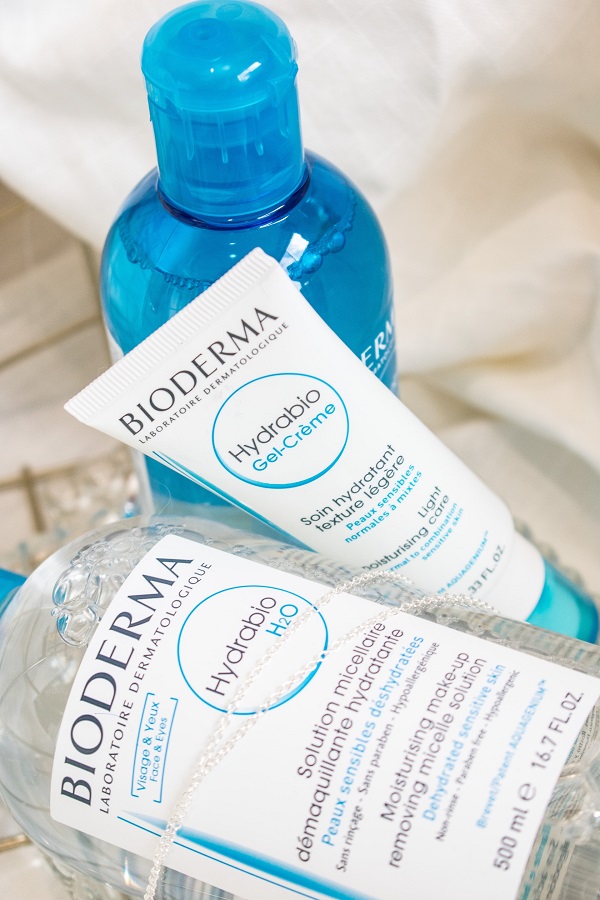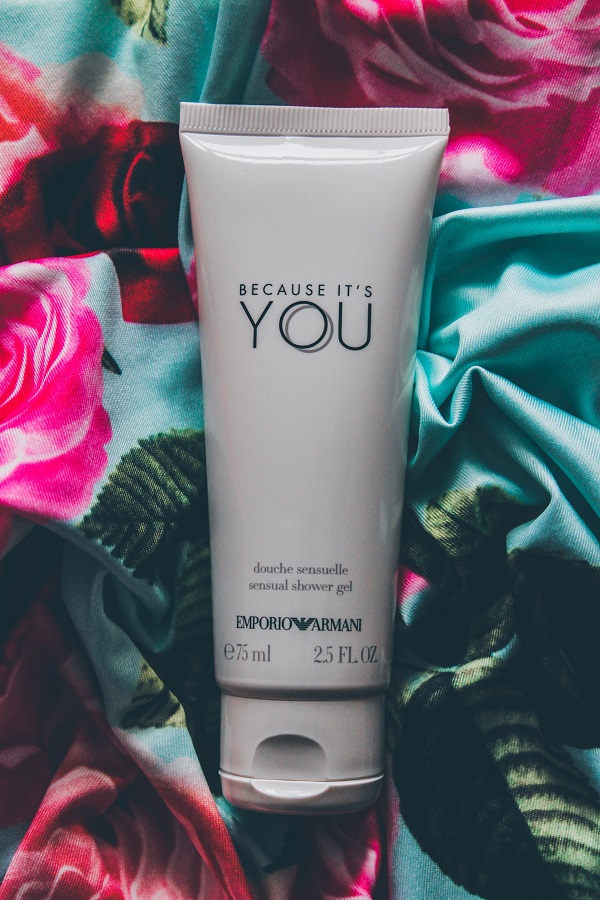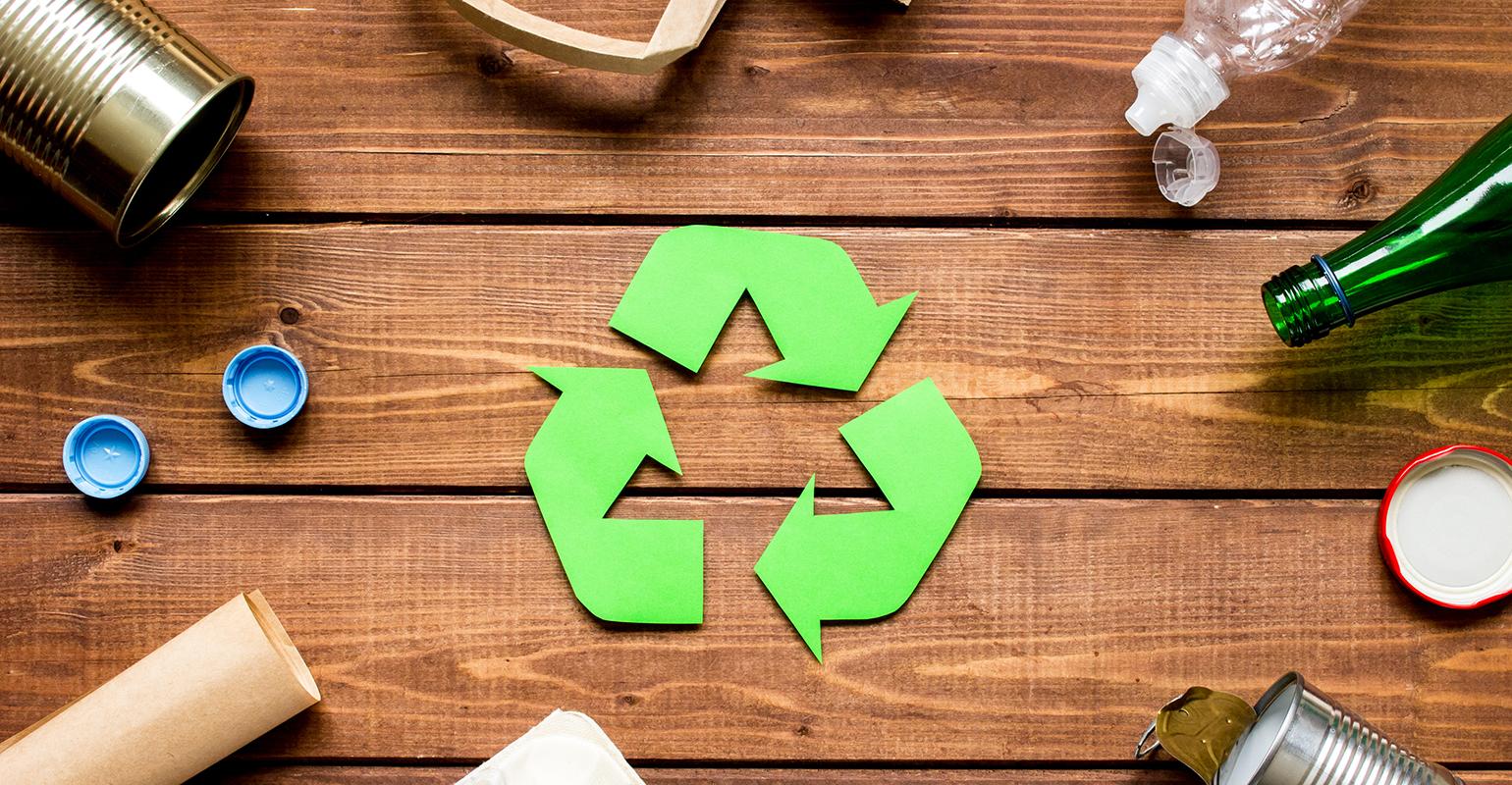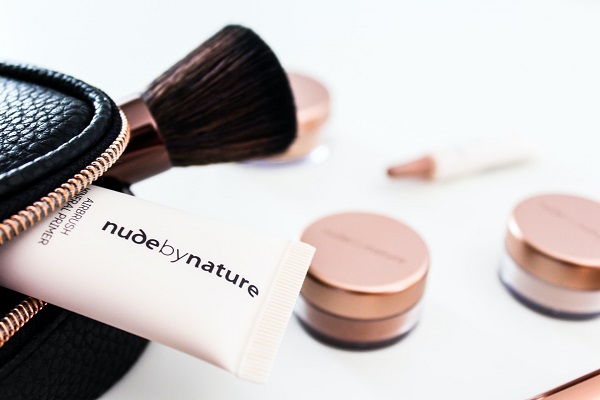Introduction
The tube is a cosmetic packaging widely used in the world, the product is non-toxic and hygienic
with bright and beautiful surface color and affordable price.
It is also widely used in various industries like cosmetics, medicine, food, detergent, and other daily necessities packaging.
Tube packaging is economical and easy to carry. That’s why cosmetic companies will use it to hold lotions and gums.
In recent years, with the rapid development of the modern packaging industry and the continuous optimization of plastic tube packaging, tube packaging has become increasingly popular.
In this blog, we will share all the information you may need about Tube packaging. At last, we will provide a list of trustworthy tube packaging suppliers for reference.
The blog will include the following content:
The application of tube packaging
Classification of Plastic Tube
The development trend of the composite tube sheet
The production process of the cosmetic tube
Cosmetic tube suppliers

The application of tube packaging
The plastic laminated tube has become one of the main packaging varieties for cosmetics, medicine, and food because of its proper price and good hygiene.
According to relevant reports, the strong growth of skin care products and bath products has driven the growth rate of tube packaging.
The tube has advantages that other packaging cannot provide, therefore, since its inception, it plays an important role in the packaging industry.
Now it has become an indispensable form of packaging for cosmetics and pharmaceuticals.
Plastic composite tube in the cosmetics industry is mainly used for cleaning cream, facial wash (milk liquid), shower gel, shampoo, shampoo cream, conditioner, hair dye, hair removal cream, toothpaste, and other products
At present, cosmetic companies are the considerable customer of tube packaging, accounting for about 60% to 70%
Tube in the pharmaceutical industry is mainly used in the packaging of creams and pastes for topical drugs. Drugs in the tube packaging accounted for 15% to 20% of the proportion.
Classification of Plastic Tube
The single-layer tube includes metal tubes and plastic extruded tubes; multi-layer tubes include aluminum composite tubes, plastic composite tubes, and plastic co-extruded tubes.
According to the processing classification, the tube can be divided into seamless tubes and seamed tubes.
The seamless tube includes three kinds of processes: cold press forming, roll forming, and extrusion forming; Seamed tube includes more processes, like high-frequency welding, ultrasonic welding, heat welding, and other forming methods.
Among them, extrusion molding can be processed in multi-layer or single-layer plastic tubes.
1. Aluminum barrier laminated tube(ABL Tube)
An aluminum barrier tube, also known as an ABL tube, is a type of packaging that uses an aluminum barrier layer to prevent oxygen and moisture from entering the product.
Made of aluminum foil and plastic film through a co-extrusion compounding process,ABL tubes are often used for products that are sensitive to oxidation or moisture, such as cosmetics and pharmaceuticals.
ABL tube’s typical structure is PE/PE+EAA/AL/PE+EAA/PE.
An aluminum barrier laminated tube is mainly used for packaging cosmetics with high requirements of hygiene and barrier, whose barrier layer is generally aluminum foil, and its barrier depends on the pinhole of aluminum foil. degree.
With the continuous improvement of technology, the thickness of the aluminum foil barrier layer in the ABL tube has been reduced from the traditional 40μm to 12μm, or even 9μm, which greatly saves resources.

ABL tube in the use of the process has the following advantages.
- excellence barrier performance
Aluminum foil has a light barrier, oxygen barrier, and water barrier properties, on the one hand, it can prevent the intrusion of external substances into the packaging, prevent oxidation and deterioration of cosmetics, also prevent cosmetic moisture or fragrance and other ingredients through the hose diffusion to the outside world, so as to ensure the quality of cosmetics.
- Low cost.
To achieve the same barrier performance, the ABL tube can achieve the same barrier performance with less material when compared to the all-plastic laminated tube and plastic co-extruded tube.
- Lightweight
One of the benefits of using aluminum is that it’s much lighter than other metals. This makes ABL tubes easy to transport and helps to reduce shipping costs.
- Durable
Aluminum is also known for being a very strong and durable metal. This means that ABL tubes can withstand a lot of wear and tear, making them ideal for products that will be shipped or stored for long periods of time.
- Customizable
ABL tubes can be customized to meet your specific needs. For example, they can be printed with your company’s logo or branding.
3. All-plastic laminate tube(PBL)
The all-plastic laminate tube is made of all plastic components. It can be divided into all-plastic non-barrier laminated tubes and all-plastic barrier laminated tubes.
The all-plastic non-barrier laminated tube is generally used for low-grade fast-consuming cosmetics packaging.
PBL laminated tube, due to the existence of side seams, is usually used in low-grade cosmetics packaging, a barrier layer can be a multi-layer composite material containing EVOH, PVDC, oxide coated PET, etc.
The typical structure of the PBL tube is PE/PE/EVOH/PE/PE.
The advantages of the PBL tube are as follows.
Compared with the ABL tube, the PBL tube uses an economical, easy-to-recycle all-plastic sheet, which can reduce the pollution of the environment
recycled all-plastic laminated tubes after reprocessing can be produced relatively low-grade products.
- Rich color
According to the characteristics of cosmetics and different consumer demands, the all-plastic laminated tubes can be made into different colors, such as colorless transparency, color transparency, color opaque, etc., to bring consumers a strong visual enjoyment.
Especially the transparent PBL tube, the color of the contents can be clearly seen, giving a strong visual impact, and greatly promoting the consumer’s desire to buy.
- Good resilience
Compared to aluminum-plastic laminated tubes, the PBL tube has better resilience to ensure that after squeezing, the tube can quickly return to its original form, maintaining a beautiful, regular appearance. This is crucial for cosmetic packaging.
Plastic co-extrusion tube
Plastic co-extrusion tube uses co-extrusion technology to co-extrude types of raw materials together in a single process.
Plastic co-extruded tube is divided into single-layer extruded tube and multi-layer co-extruded tube.
The former is mainly used for the packaging of fast-consuming cosmetics (such as hand creams, etc.) with high requirements for appearance and low requirements for actual use performance, while the latter is mainly used for the packaging of high-end cosmetics.
The main advantages of plastic co-extruded hose are as follows.
- better appearance
Since there is no side seal, the appearance is better than that of a laminated tub, which is necessary for high-grade cosmetic tube packaging.
- Rich choice of shape
According to the different extrusion, various shapes of the extruded tubes can be produced, such as oval, square, etc., to meet the needs of different consumers.
Analysis of the disadvantages of various plastic tubes
The above-mentioned three kinds of plastic tubes for cosmetic packaging have their own disadvantages.
(1) aluminum-plastic laminated tubes due to the use of aluminum foil, there are many drawbacks, such as invisible contents, poor environmental protection, poor resilience, compound strength lower than the full plastic laminated tubes, and easy delamination, etc.
(2) full plastic laminated tube’s barrier mainly depends on the type of barrier layer material, thickness, etc.,
Take all plastic laminated tube with EVOH as barrier layer material as an example
to achieve the same barrier and stiffness, its cost is about 20% to 30% higher than the aluminum ABL tubes.
In the future for a considerable period of time, this will become the main factor limiting the full plastic laminated tube to replace the aluminum-plastic laminated tube
(3) Plastic co-extrusion hoses are generally made first and then printed. For the printing process, the efficiency is low, the process is complex and difficult.
The development trend of the composite tube sheet
Aluminum foil has become thinner than ever
A composite tube sheet is usually composed of white polyethylene, acid copolymer, aluminum foil, transparent polyethylene, etc.
The traditional sheet is very thick, in which the aluminum foil is generally 40μ or 30μ. With the continuous improvement of technology, aluminum foil is getting thinner and thinner, and the proportion of its content in the sheet is getting smaller and smaller, from 29.44% in 1980 to the current 12.21%.
Thinner aluminum foils are now only 12μ, which brings the barrier layer closer to the contents.
Sheet transparency
More and more colored creams and gel-based ointments are gaining popularity with consumers.
When these products are packed in transparent laminated tubes, their attractive colors and good texture make people love them, and the clear tube packaging undoubtedly serves as the icing on the cake.
But the use of a transparent hose, the contents of the tube are vulnerable to ultraviolet radiation and degradation.
At present, companies have developed “UV-blocking” product formulations, that can effectively protect the filled product from UV damage.
Environmental friendliness is emphasized
When the thickness of the aluminum foil barrier layer in the hose is reduced from the traditional 40μ to 12μ, it can save a lot of resources.
Environmental friendliness is not only the disposal of packaging waste but also should include the pollution of the environment and its consumption of resources in the production process.
The use of EVOH (ethylene vinyl alcohol copolymer) and other high barrier materials enables manufacturers to completely replace the aluminum foil, so the composite tube can be fully recycled and conducive to biodegradation.
Whether it is cosmetics, pharmaceuticals, or food, the first thing to consider in packaging is hygiene performance, followed by barrier performance, print adaptability, and chemical resistance. Of course, the economy and ease of use must also be considered.
Basic, streamlined, simple – these words were used in the past to describe cosmetic packaging, especially tubes, these words are outdated now. In a flash, the trend has shifted in another direction.
“You are seeing the industry itself move away from the basic style of packaging,” said the industry’s tube packaging experts.
This shift is certainly from the simple white packaging to more colorful tubes.
And some stores such as Wal-Mart, have a big influence on this trend, as their shelves also feature a multitude of colored tubes; experts stressed that this is the need for visual effect.
Today’s consumers care about the packaging of their products, and many prefer to buy things that are uniquely packaged. Indeed, to stand out among the hundreds of products in the supermarket, and immediately attract the attention of customers, without some effort on the packaging is not possible.
Those who look new, easy to use, safe, and look like high-technology packaging will inevitably be more eye-catching. And the stores are deeply interested in this trend, and the shelves also feature a large number of colorful hoses.
Many large cosmetic companies are already using the tube after a subtle design. But the market is becoming more demanding for tube packaging, they require tube packaging with more beautiful patterns, softer touch, and the ability to place the picture on the composite tube.
Recently, the trend of the metallic appearance of tube packaging is still very hot. Interest in pearl and rainbow color effects is also continuing, these effects are achieved by adding color to the tube material.

Low cost
As the cosmetic companies cut their cost on the packaging, the tube manufacturers continue to depress the production cost of composite tube
the use of thinner aluminum foil and a more compact interlayer structure.
Aluminum composite tube sheet in the use of aluminum foil, from the initial 40μ down to the now prevailing 20μ to 30μ, thinner type can be 12μ.
Of course, the reduction of aluminum foil thickness is by no means a simple subtraction, to achieve the reduction of aluminum foil thickness at the same time ensures its good product performance, the innovation of the process and the improvement of the equipment, and even other materials, in essence, each of its thinning is benefited from the improvement.

Reduce the loss in the production process.
For the production of aluminum-plastic composite tubes, try to use a larger width of the gravure printing process and double or multi-head co-extrusion technology, improve the process, improve the production speed, in order to increase production efficiency and reduce losses.
The production process of the cosmetic tube
Extrusion
The first phase of manufacturing a plastic cosmetic tube is extrusion.
Plastic Extruders are used to manufacture high-volume, single-use tubes that can be customized with various colors and shapes for branding purposes (such as lipstick or eye shadow).
Raw material such as resins Pellets Granules Powder Flakes enters into the barrel alongside any color concentrates needed at the time.
These ingredients melt together when heated by specific machinery arrangements inside each device so they flow smoothly without clogging up Too much heat will cause distortion while too little results in globbing: This happens because different materials respond differently
So, temperature control is so important that will influence the following process。
Cutting
In the second stage, cutting takes place. Plastic cosmetic tubes are available in all shapes and sizes.
After passing through high temperatures (such as those that occur during heating), they’re fed into a water-cooled sleeve where color dies cut specific lengths for each product type – this process is known as “cutting.”
Heading
The heading process is a key step in the production of cosmetic tubes. This process involves using a compression method to mold the tube head from a donut of molten resin material.
This method is superior to traditional heading methods because it results in a stronger and more durable head for the cosmetic tube. The heading process also allows for greater flexibility in design, making it possible to create unique and eye-catching cosmetic tube heads.
Compression heading is the process of forming a tube head from a donut of molten resin material.
This method is superior to traditional heading methods because it results in a stronger and more durable head for the cosmetic tube.
The heading process also allows for greater flexibility in design, making it possible to create unique and eye-catching cosmetic tube heads.
The compression heading process begins by heating the donut of resin material to a molten state.
Once molten, the donut is placed in a mold and compressed into the desired shape. The resulting head is then cooled and removed from the mold.
Compression heading offers several advantages over traditional heading methods.
Firstly, it results in a stronger and more durable head for the cosmetic tube. Secondly, it allows for greater flexibility in design, making it possible to create unique and eye-catching cosmetic tube heads.
Finally, compression heading is a faster and more efficient heating method, making it ideal for mass production
Printing
After the hearing process is complete, the cosmetic tube can then be printed with your desired design or decoration.
This printing can be done using a variety of methods, including screen printing, offset printing, and gravure printing.
Each printing method has its own advantages and disadvantages, so it is important to choose the right one for your specific needs.
Screen printing of cosmetic tubes after the process of heading is a printing technology that prints cosmetics directly on the surface of plastic products.
It has the advantages of high printing speed, low cost, and strong adaptability. This printing method is suitable for mass production of small batch printing.
The printing speed can reach 150m/min. After printing, it can be used for hot stamping, die cutting, and other post-processing methods.
The main equipment for printing cosmetic tubes after the process of heading are an anilox roll, doctor blade, chamber doctor blade, ink pump, printing cylinder, and die-cutting plate.
The anilox roll transfers the ink to the die-cutting plate through the doctor’s blade.
The chamber doctor blade is mainly used to scrape off the excess ink on the anilox roll.
An ink pump is used to provide printing ink. The printing cylinder rotates and transfers the printing pattern to the surface of the product. The die-cutting plate is used for die cutting after printing.

Cosmetic tube suppliers
There are many cosmetic tube suppliers in the UK that can provide you with the packaging you need for your products.
Here is a list of some of the most popular suppliers in the country:
Primepac
At PrimePac, we bring together design experts and brand innovators to create fresh ideas, customized packages, and fully efficient processes.
We design creative packaging solutions that cater to a diverse global audience with the in-house knowledge and network of experienced professionals to meet the demands of every type of client.
From our dedicated sales team and warehouse staff in the UK to the experts at our production facilities in China, all of our employees are guided by four core values at the heart of our business: integrity, innovation, passion, and engagement.
Weltrade Packaging Solutions
Weltrade Packaging Solutions strives to be the best in every way. From their mission statement, which says they are committed and honest with customers’ needs; it’s clear that WPS wants nothing more than for you to get what your heart desires while also supporting sustainable practices within our community at large!
Auber
Auber is a leading manufacturer of cosmetic tubes in the industry since 2004. We have been providing our customers with high-quality, durable products that can be found globally across many industries including cosmetics and pharmaceuticals as well as painting tools for artisans around the world who need them locally on their expressive work surfaces.
With over ten years of experience under its belt, AUBE offers manufactured from start to finish through ISO 9001 certification so you know your purchase will always include top-notch quality control right down
Mpack
The business is family-owned, with 15 years of experience. They provide high-quality standards!
We are a reliable supplier specializing in the production and packing for companies operating within the cosmetics, para pharmaceuticals food & household chemicals industries.
Providing a strong reputation as well as caring about our environment by offering eco-friendly options like sugarcane tubes made from ecological polyethylene (SUGARCANE) which contains recycled material PCR
APG packaging
In the world of beauty, there is no such thing as overnight success.
It takes years and often many attempts at first before one can get their product into stores or on people’s shelves- but that hasn’t stopped some entrepreneurial spirits from trying!
One company that knows this all too well is APG Packaging; founded by Helga Arminak with more than 25 years of experience in cosmetics packaging – they’ve achieved unparalleled speed across factories both domestically (in America) as well as abroad where most production takes place today due largely because it offers lower costs than competitors out there
Conclusion
there you have it – a quick overview of the tube packaging industry and how it is evolving. Cosmetic tube suppliers are always looking for new ways to improve their products, so if you’re interested in getting into this market, don’t hesitate to contact us.
